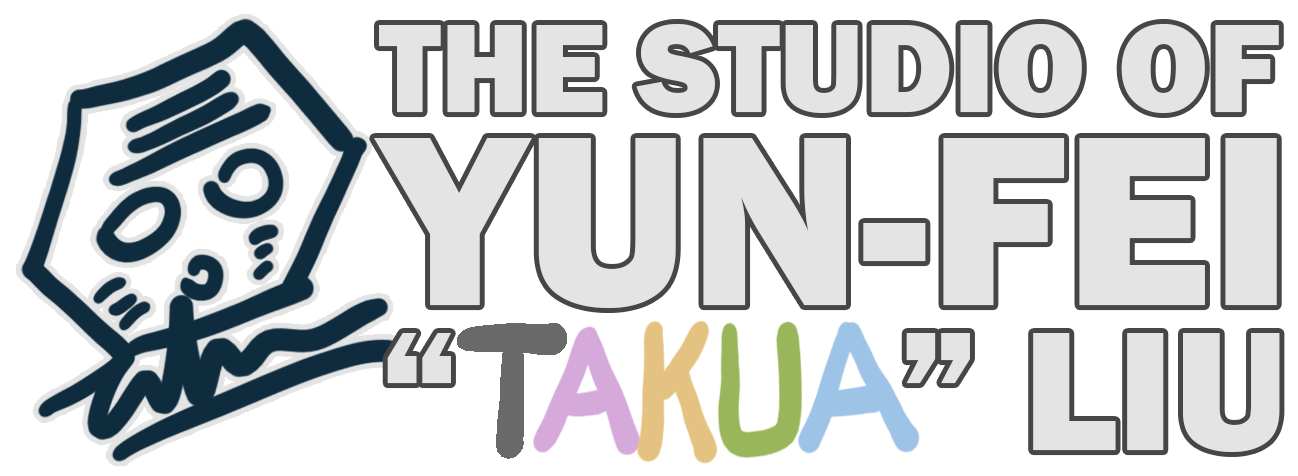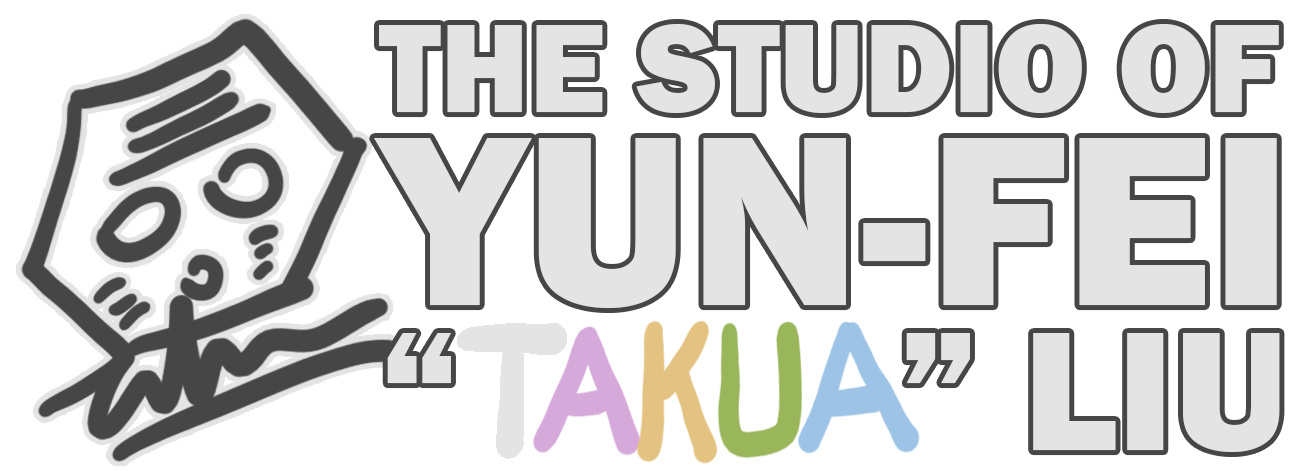As predicted, I forgot to update new blog posts for a while. But, there were surely some important events worth posting in the previous month. My trip to Dagstuhl Seminar was one of them.
From Oct. 3rd to 8th, I was invited by Dr. Janet Siegmund to attend Dagstuhl Seminar #22402: Foundations for a New Perspective of Understanding Programming. The organizers of this seminar were Dr. André Brechmann, Dr. Bonita Sharif, Dr. Janet Siegmund, and Dr. Westley Weimer. As the title suggests, the topic of this seminar was the behavioral science and neuroscience of computer program comprehension. It was 100% pertinent to my PhD study, so there was absolutely no reason for me to turn down this amazing invitation.
What’s more, most of the attendees were computer scientists interested in this topic. I’ve always described my code comprehension project from the perspective of cognitive neuroscience, citing works about “cultural recycling” and the independence of thought from language. It was great to learn what the computer science community thought about this problem.
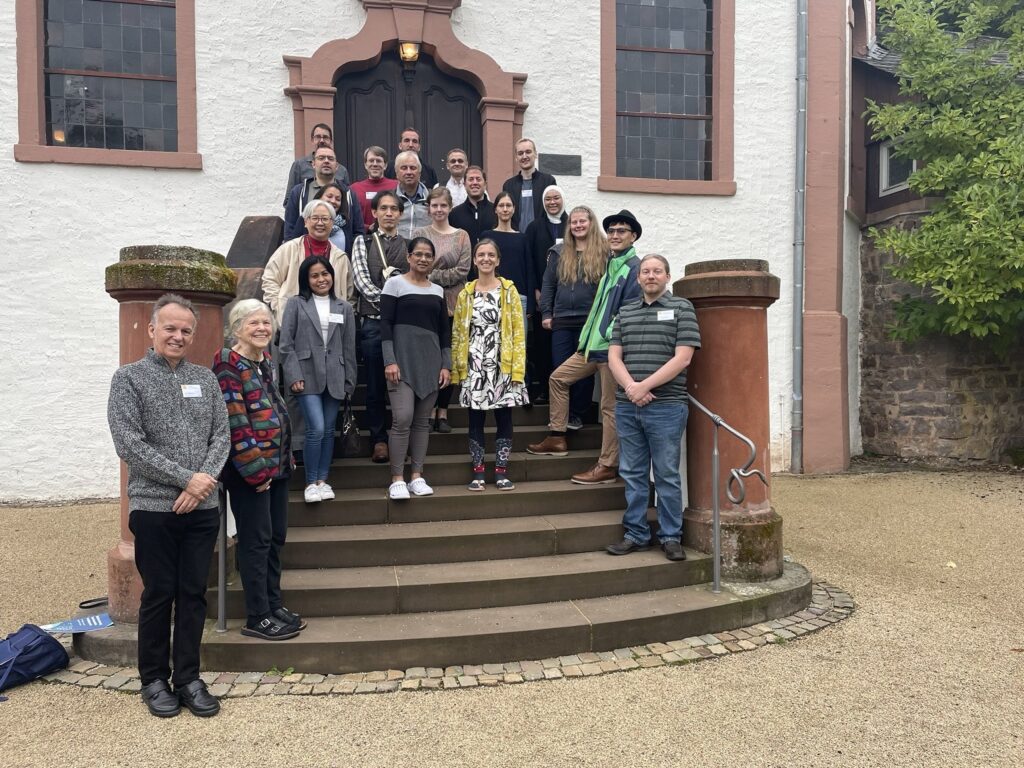
Intellectual exchange at Schloss Dagstuhl
During my stay in Schloss Dagstuhl, other than the organizing professors, I met many other brilliant researchers. Specifically, I discussed the operational definition of code comprehension and the complexity of programming code with Marvin Wyrich. I chatted with Dr. Takatomi Kubo – partially in Japanese – about the ingenious neuroimaging study his team conducted. Moreover, I listened to Dr. Andreas Stefik describe an ideal world where the function names in not only programming but mathematics can be self-explanatory and easy to learn.
Many more inspiring conversations took place in the dining hall and wine cellars of Schloss Dagstuhl. Meanwhile, we had an excursion and short hike, during which we engaged in more light-hearted chats. Dagstuhl Seminar gave me a completely different conference experience from all the other international conferences I have attended. Having focused discussion in a historical manor amid expansive pastures was such an enjoyable way to talk about science. I’m glad to have accepted the invitation!
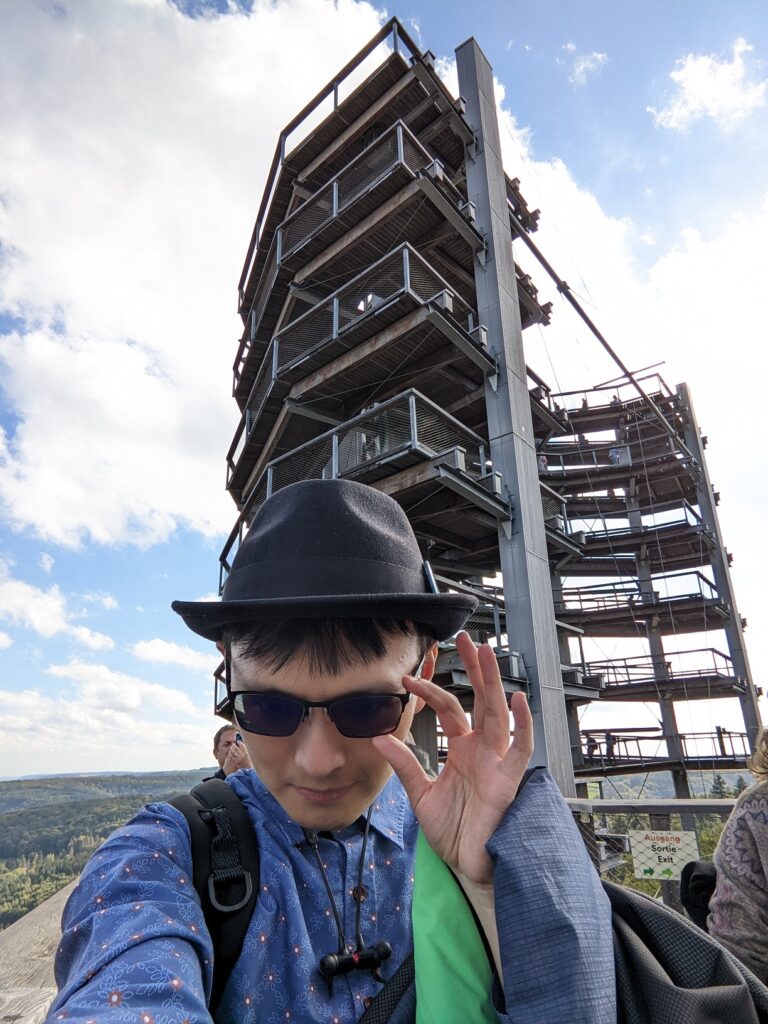

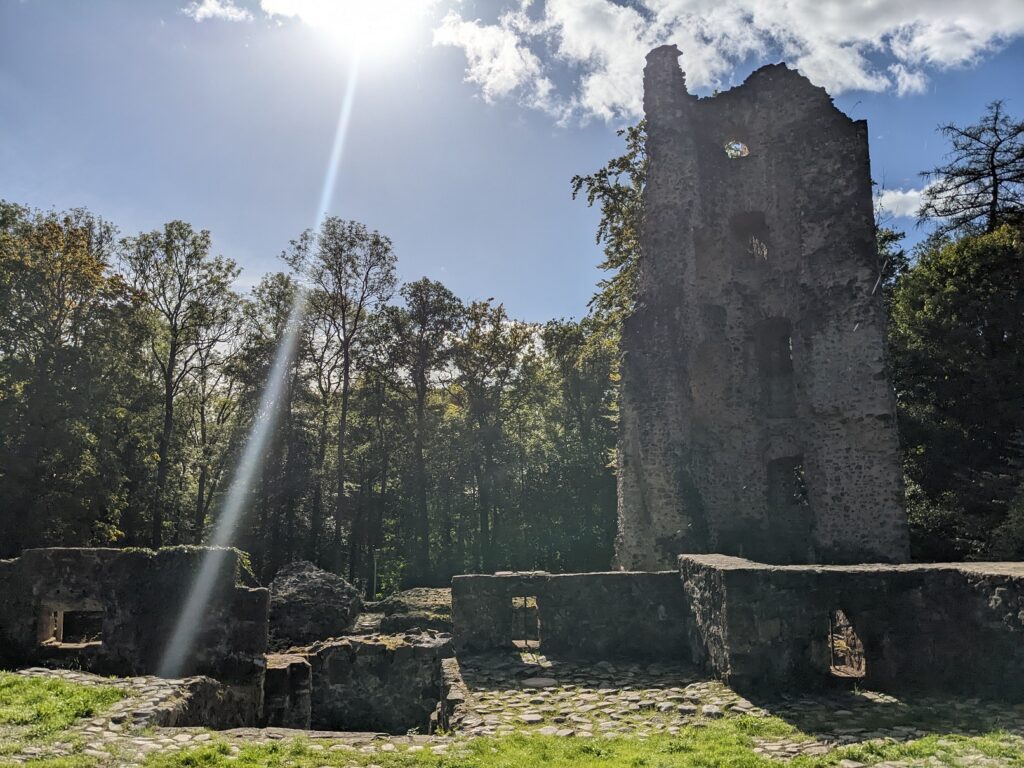
During the seminar, we had an excursion to Baumwipfelpfad (treetop walk) Saarschleife. On the top of the viewing tower, I had a spectacular view of the Naturpark Saar-Hunsrück and the Saarschleife valley. On the other day, we hiked to the ruins of Burg Dagstuhl. The history of this castle goes all the way back to the 12th century. We don’t get to see such ancient stuff in the US!
Presenting my work
Another exciting event for me was to present my fMRI studies of code comprehension to all the attendees. I received many constructive comments from the computer scientists. What’s more, it felt fulfilling to introduce my work to a greater audience!




Side note: the one German sentence I learned but didn’t have a chance to use
Actually, this trip for Dagstuhl Seminar was the first time I travelled alone to a non-English speaking country. Therefore, I was a bit worried about the language barrier. Prior to my trip, I consulted another PhD student in our department, Gabriel Kressin, to learn some basic German from him (because he’s an international student from Germany). Besides German pronunciation, I learned a very important sentence from him: “Entschuldigung, sprechen sie Englisch?” (Excuse me, do you speak English?)
Fortunately, my travel was smooth, so I didn’t have to resort to this sentence I learned by rote. I was also fortunate enough to not having my itinerary rescheduled due to the notorious lateness of German railway – DB, “Deutsche Bahn”.
After the seminar, I took the rail to Paris to visit my sister, Meng-Fei “Nereid” Liu, who’s doing a PhD study there on literature. But that’s another story!
